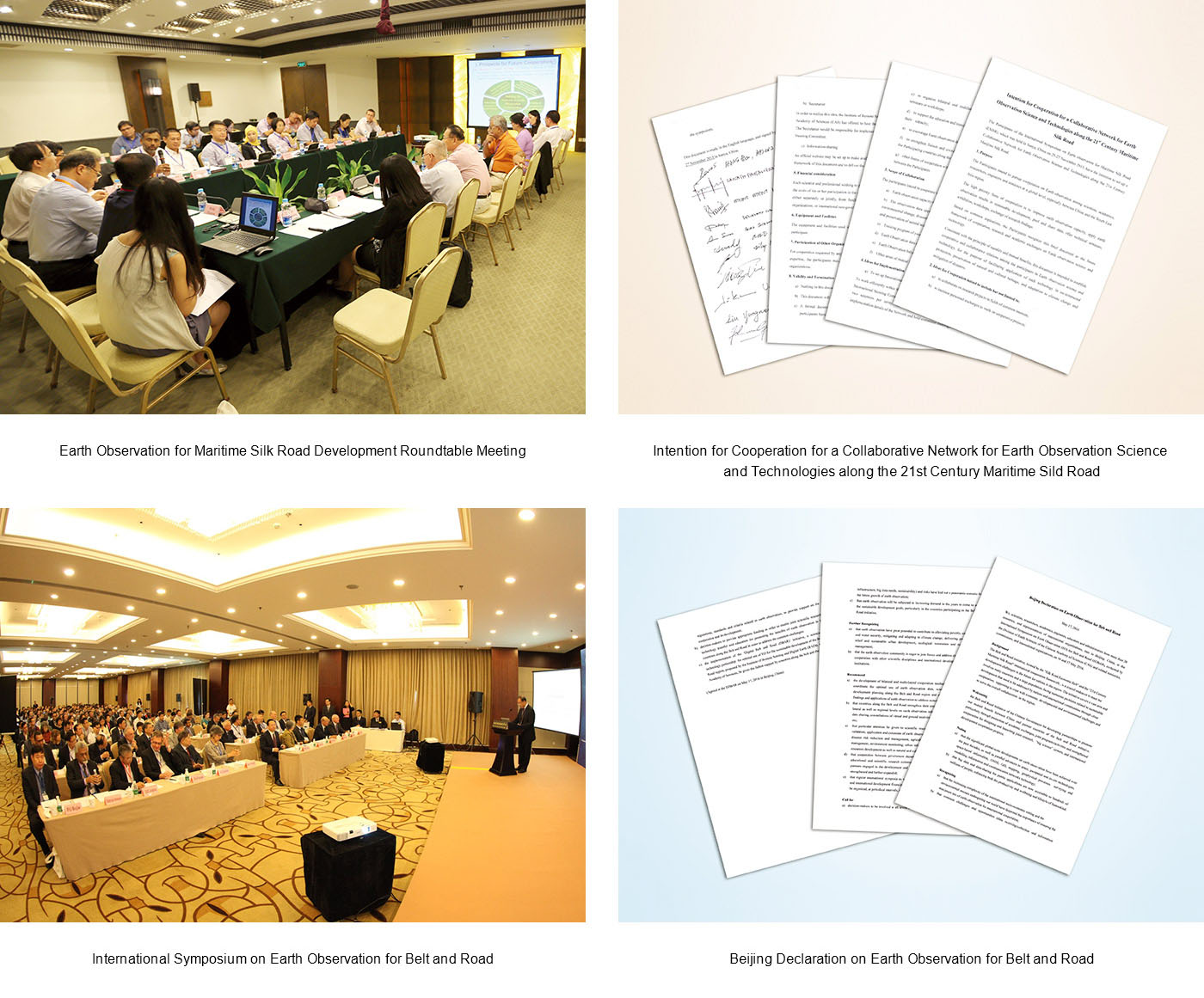Background
China is creating a forward-looking vision for cooperation among countries, regions, and organizations spanning the historical Silk Road. The new Silk Road will reach from China across Asia to Europe and Africa as a platform for shared development and mutual relationships. The Silk Road Economic Belt and the 21st Century Maritime Silk Road (consolidated as the "Belt and Road") Initiative seeks to enable its participants to address the challenges posed by climate variability, intensified use of land and marine resources, and the fragility of many ecosystems. Other transnational problems, such as air pollution and water quality and security, can also be mitigated with cooperation in the Belt and Road region, ultimately striving to meet the United Nations' sustainable development goals (SDGs).
These environmental and societal challenges will require assessment and monitoring of terrestrial and marine ecosystems, so that decisions and policies can be based on sound information. This in turn requires precise, accurate, and timely observation and measurement of processes across a range of spatial and temporal scales. These needs can be met with integrated networks for collecting data, such as in-situ and space-borne Earth observation systems that sample a range of spatial and temporal scales.
The International Symposium on Earth Observation for the Maritime Silk Road (EMSR) was held in Sanya in 2015, releasing the "Sanya Declaration on International Cooperation on Earth Observation for Maritime Silk Road Development". In Beijing in 2016, the International Symposium on Earth Observation for One Belt and One Road (EOBAR) released the "Beijing Declaration on Earth Observation for the Belt and Road". Participants agreed on the establishment of a "Big Earth Data Alliance for the Belt and Road", expecting big data to be the engine driving the construction and operation of the Belt and Road. Big data will become a peace envoy for all countries and regions along the Belt and Road, shining a light on the present and future of the region.
The Belt and Road demands traction, and Earth observation and Big Earth Data are important to helping participants grasp the potential impacts. The Digital Belt and Road (DBAR) Program was launched to this end, and received support from many international organizations and countries along the Belt and Road.
